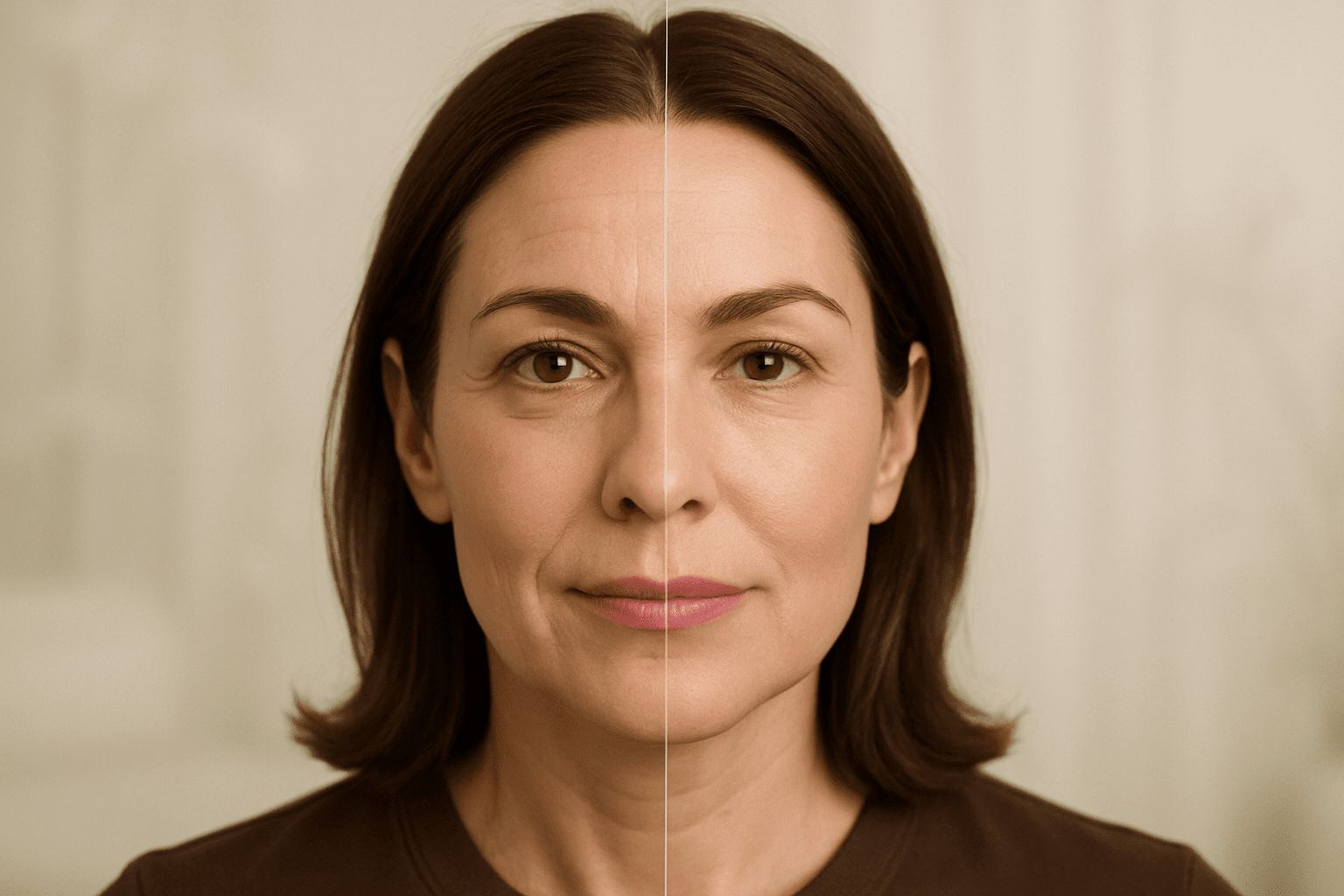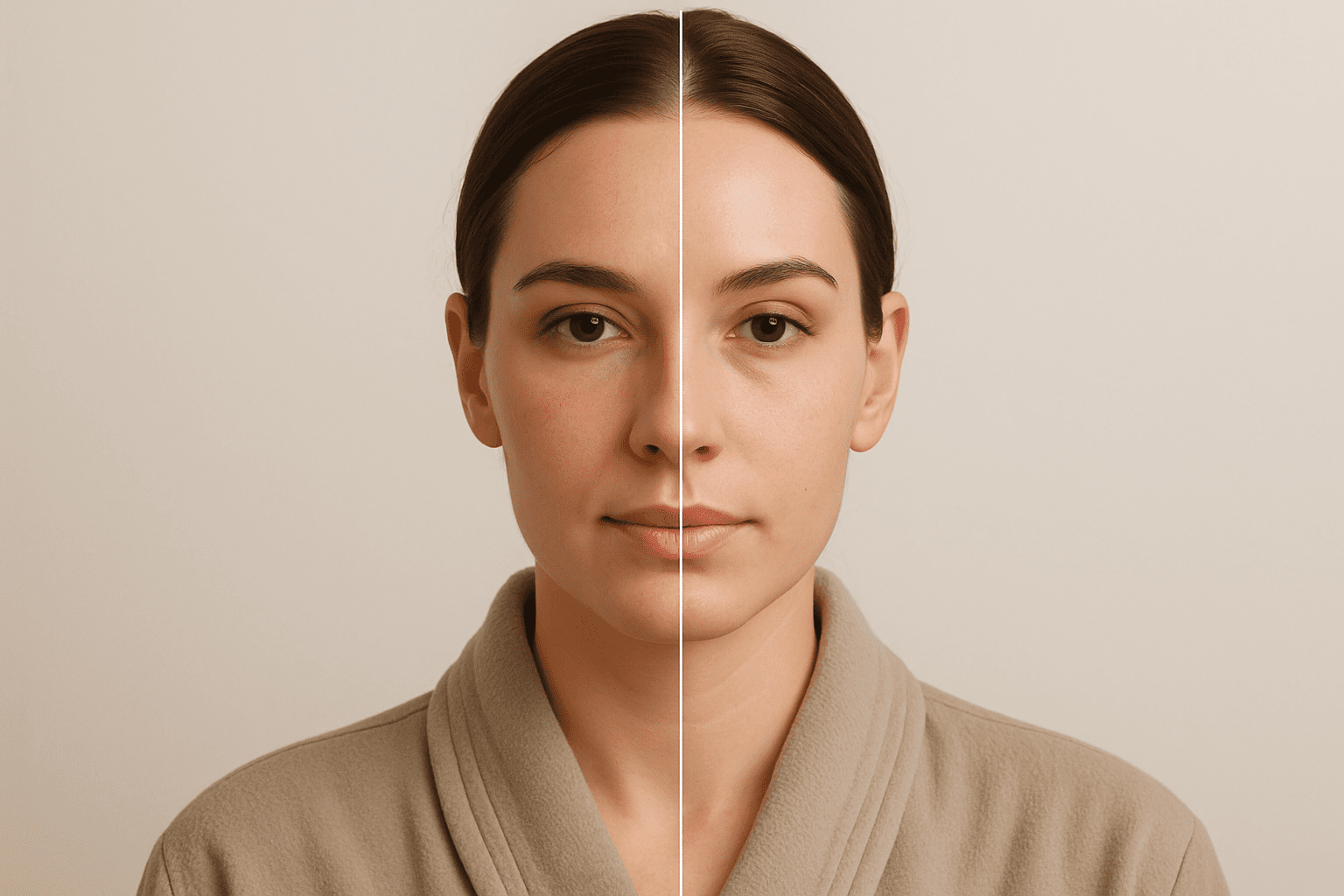Let’s face it—shaving, waxing, and plucking are the “Groundhog Day” of grooming routines. That’s why more people are turning to permanent hair removal for lasting smoothness and freedom from daily upkeep. But when it comes to choosing between electrolysis vs. laser hair removal, things get tricky. Each method has its loyal fans, unique benefits, and specific drawbacks. So, which is truly the best fit for your skin, hair, and goals? Let’s break down the science, the experience, and the results—so you can make your smoothest decision yet.
Jump To:
TLDR – Quick Guide
- Electrolysis works on all skin tones and hair colors, and is FDA-approved for permanent hair removal.
- Laser is faster and best for larger areas, but works best on light skin with dark hair.
- Electrolysis treats one follicle at a time; laser covers more ground in less time.
- Both methods require multiple sessions, but maintenance needs differ.
- Choosing depends on your hair, skin, patience, and long-term goals.
Detailed Breakdown
How Does Electrolysis Work?
Electrolysis has been around for over a century—and for good reason. It involves inserting a tiny probe into each individual hair follicle and delivering a small amount of electrical current to destroy the follicle at the root. Because it targets each hair directly (not the pigment), it works for every skin tone and hair color, including white, gray, blonde, and red hair.
Sessions can be time-consuming, especially for large areas, because every follicle must be treated individually. But the payoff? True permanence, with the FDA’s stamp of approval to prove it. Electrolysis is especially popular for smaller, stubborn areas like the face, chin, or bikini line.
How Does Laser Hair Removal Work?
Laser hair removal is all about speed and technology. It uses focused light energy to target and destroy the pigment (melanin) in the hair follicle, disabling future growth. Lasers can treat many hairs at once, making them ideal for larger zones like the legs, back, or chest.
However, because laser targets pigment, it works best on dark hair and lighter skin—though new devices are increasingly effective for more skin tones. Results are long-lasting, but some hair may regrow over time, requiring occasional touch-ups. Most people see a dramatic reduction in hair after a few sessions, with a noticeable decrease in coarseness and growth.
Electrolysis vs. Laser: Key Differences
The main difference boils down to method and results. Electrolysis treats each follicle individually, which takes longer but guarantees permanent hair removal regardless of hair color. Laser is faster for big areas and great for those with contrast between hair and skin, but it may not be truly permanent for everyone.
Electrolysis can be more uncomfortable and requires patience, while laser’s sensation is often compared to a rubber band snap—quick but tolerable. Cost, convenience, and your tolerance for time in the treatment chair also play a big role in choosing the right method.
Which Is Right for You?
If you want to eliminate every last hair—including peach fuzz, blonde, or gray—electrolysis is the gold standard. If your main goal is fast, effective reduction on larger areas and you have the right skin/hair combo, laser could be your new best friend. Some people even combine both: laser first for bulk reduction, then electrolysis for the fine-tuning.
Always consult with a qualified provider for a personalized recommendation. Your skin type, medical history, pain tolerance, and goals all matter in making the smartest choice.
What Results Should You Expect?
Electrolysis delivers permanent results, but requires a series of appointments spaced over months. Once treated, the follicle will not produce hair again. Laser provides long-term reduction and can make life blissfully low-maintenance, but occasional maintenance sessions may be needed for best results.
Both methods offer lasting freedom from razors and waxing—if you invest the time, patience, and a little self-care.
Key Takeaways
- Electrolysis is FDA-approved for permanent hair removal on all skin and hair types.
- Laser is faster and effective for most people, but works best on light skin with dark hair.
- Your best option depends on your unique skin, hair, area being treated, and personal goals.
- Both methods require multiple sessions, but deliver lasting results.
- Consult with an expert for a tailored plan and realistic expectations.
FAQs
1. Is electrolysis really permanent?
Yes, electrolysis is the only hair removal method approved by the FDA as permanent. It destroys each follicle’s growth center, preventing regrowth for good when performed by a skilled professional.
2. Does laser hair removal work for all skin tones and hair colors?
Laser works best on people with light skin and dark hair, but newer lasers (like Nd:YAG) are safer and more effective for darker skin tones. However, laser is still less effective on very light, blonde, gray, or red hair.
3. Which method is more painful—electrolysis or laser?
Both have some discomfort. Electrolysis can feel like a pinprick or stinging, especially on sensitive areas, while laser is often described as a quick rubber band snap. Topical numbing and a skilled technician can help minimize discomfort.
4. How many sessions are required for permanent results?
Electrolysis requires frequent sessions over several months or even a year, as each follicle must be treated during its growth cycle. Laser usually needs 6–8 sessions, spaced several weeks apart, for significant reduction.
5. Can I start with laser and finish with electrolysis?
Absolutely! Many people use laser to reduce the bulk of hair quickly, then use electrolysis to fine-tune results—especially for lighter or stubborn hairs that laser can’t remove permanently.



